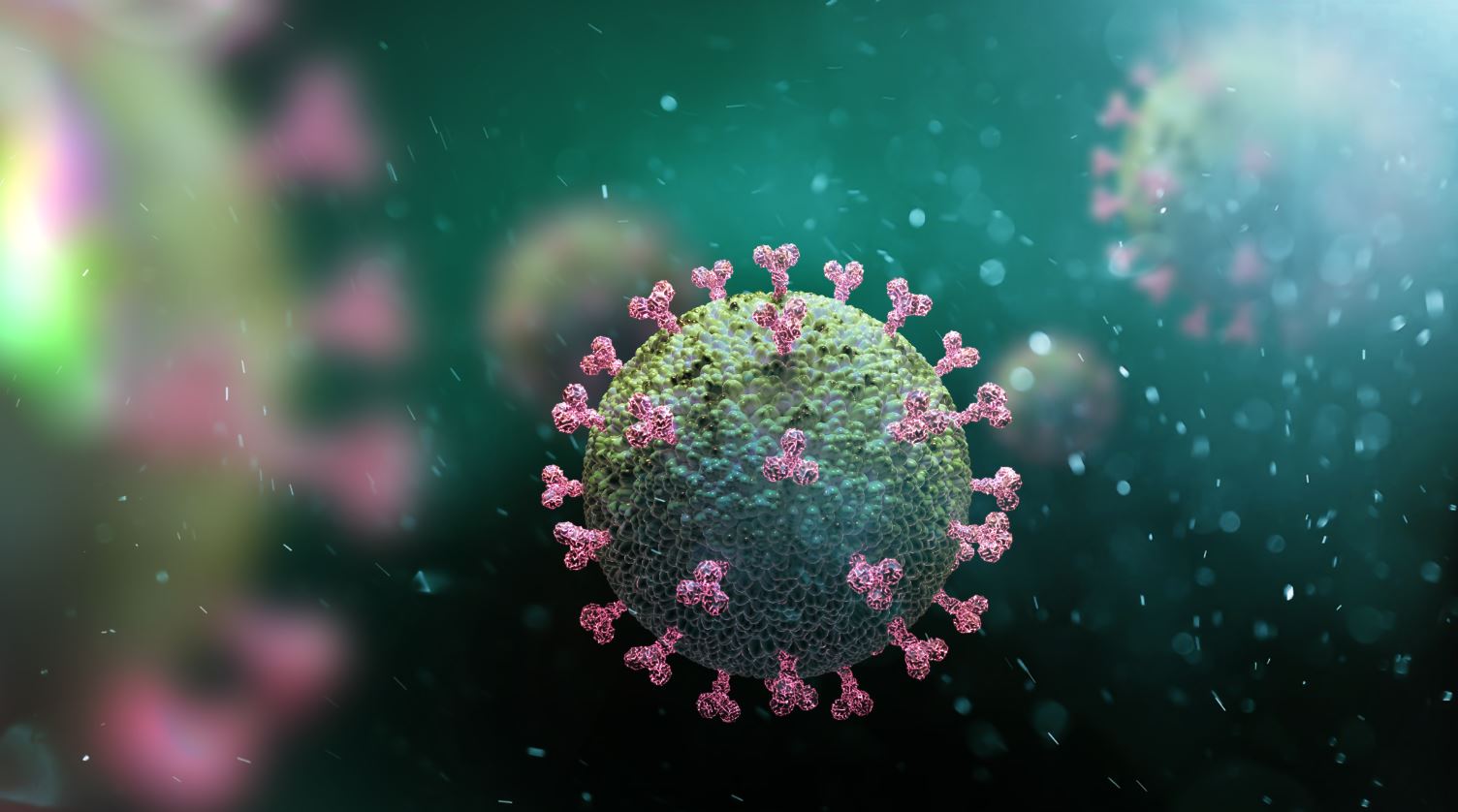Long COVID in Schools
21 July 2021 | Author: Judy Slape, Public Engagement and Involvement Officer
How understanding the views of young people, families and doctors shaped research funded by Data and Connectivity National Core Study programme.

This research, ‘Enhancing the Utilization of COVID-19 Testing in Schools’, is a study looking at the characteristics of long COVID and COVID-19 infection in children. Funding for the study was successfully awarded through a rapid funding call by Health Data Research UK (HDR UK), the Office for National Statistics (ONS) and UK Research and Innovation. Criteria for assessment included proposed benefits to patients and the public and how the research would improve data for future studies. This project forms part of the larger Data and Connectivity National Core Study, which is led by HDR UK in partnership with ONS, and enables access to health and administrative data from across the UK and provides the infrastructure for vital data research.
HDR UK provided advice and guidance to the research team in developing their plans for patient and public involvement and engagement, as well as ongoing support and monitoring.
In this study, the researchers are aiming to use data from two large COVID-19 school infection studies: the Schools Infection Survey (SIS; a collaboration between ONS, London School of Hygiene and Tropical Medicine [LSHTM] and Public Health England [PHE]) and the Bristol-based COVID-19 Mapping and Mitigation in Schools (CoMMinS) study (University of Bristol, in partnership with Bristol City Council, PHE and Bristol schools), along with information from Electronic Patient Records, to find out more about the characteristics of:
- Long COVID in children, such as how it is clinically recorded, treated and managed by the healthcare system (‘Long COVID’ is commonly used to describe signs and symptoms that continue or develop after acute COVID‑19)
- Asymptomatic COVID-19 infection in children compared to symptomatic infection, such as whether symptomatic infections are more likely to lead to long COVID
- COVID-19 re-infection in children, such as whether multiple infections are more likely to lead to long COVID.
This is a summarised version of a longer report outlining the researchers’ activities and findings from involving young people, parents and doctors. You can read the full report here
How were young people, parents and doctors involved?
To help inform the research questions and methods, the researchers gathered views about long COVID in children from young people, parents of children with long COVID or suspected long COVID, and doctors, between 9 March and 30 April 2021. The findings are summarised from:
- An online meeting with 7 young people aged 13-18 years from the NIHR Bristol Biomedical Research Centre Young People’s Advisory Group (YPAG)
- An online meeting with 5 families whose children, aged 10-16 years, have long COVID or suspected long COVID
- A survey completed by 4 GPs and 1 paediatrician, and an online meeting with 2 paediatricians.
The researchers involved small numbers of young people, parents and doctors, who may not be representative.
What did young people, parents and doctors say?
Of the symptoms listed by the NHS for long COVID, feeling sick or stomach pain, extreme tiredness, and headaches were the symptoms commonly ranked as most ‘harmful’ by young people and by families whose children have long COVID or suspected long COVID.
The young people thought these kinds of symptoms would be more harmful because they would affect their ability to carry out day-to-day activities, such as school work, paid work, sport and socialising.
“You’d really struggle to want to go out or make friends and keep those friends if they were often going out and you couldn’t because you didn’t feel well enough to do so. It would really impact your social life. And if you couldn’t make it to school it would impact your future because you couldn’t keep up with your schoolwork and keep your grades up.”
The families whose children had long COVID or suspected long COVID told the researchers that their children were experiencing many, and often very severe, symptoms associated with long COVID. For those children that had been diagnosed with long COVID, it had taken a long time to get a diagnosis. The types of secondary care services the families had accessed and tests they had been given had been very variable, and again, getting these had been a lengthy struggle.
“The GP I have to say was really helpful except that she had no idea what to do because there wasn’t any care pathway. She kept saying: ‘There’s no care pathway for children with long COVID’.”
Many of the children with long COVID or suspected long COVID had not been tested for COVID-19 when they first had symptoms of infection, as testing was not widely available at the time.
The doctors told the researchers that clinical understanding of long COVID in children is currently extremely limited. Long COVID in children is not well defined, and it may be difficult for doctors to distinguish between long COVID and other conditions. We still need to understand whether long COVID is a new condition in itself, or a group of conditions like post viral fatigue we already know about.
“I think GPs are still getting their heads round long COVID in general – never mind in kids.”
What was the impact of involving young people, parents and doctors?
The involvement of young people, parents and doctors highlighted that sickness, fatigue, and headaches are key symptoms to consider in the study.
It also highlighted that looking more broadly at things like GP and hospital visits, and school attendance, might be a more useful and feasible way at this time of assessing how COVID-19 has affected children rather than using diagnoses alone. However, the researchers also need to be aware of things like reduced healthcare access during the pandemic, and absence from school due to self-isolation, which will affect what is being measured. Also, children with milder symptoms may not seek care at all.
Since not everyone with COVID-19 infection is necessarily tested, the study researchers need to consider that some health measures such as asymptomatic infections and re-infections may not always be recorded.



